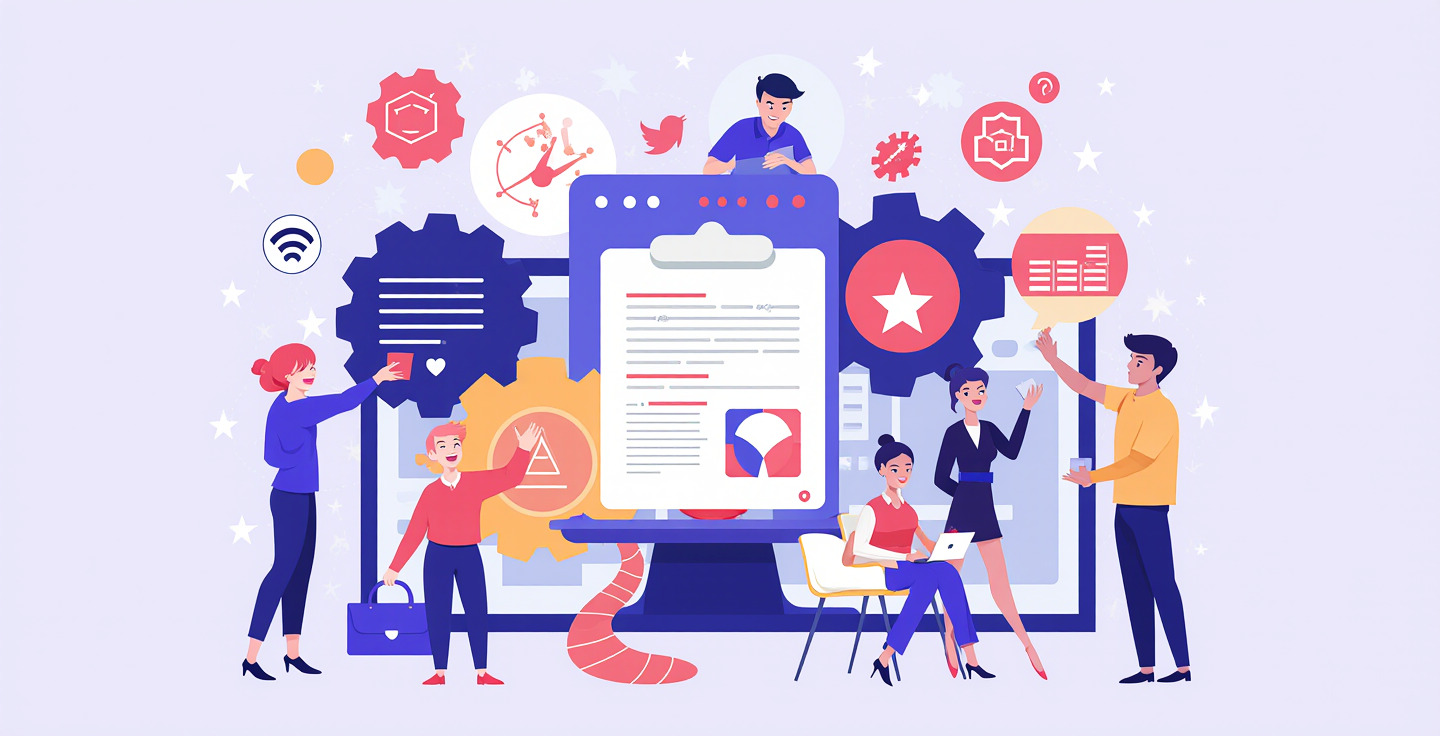AI-Driven Vendor Benchmarking: Choosing the Right Partner with Data
- 1 min read
Discover how AI-driven vendor benchmarking helps companies select the right IT partners using real-time data and performance insights.

Introduction
Choosing the right technology partner is no longer about intuition or reputation alone. In today’s competitive outsourcing market, AI-driven vendor benchmarking allows businesses to make data-backed sourcing decisions that improve project outcomes, reduce risk, and enhance transparency.
At Euro IT Sourcing, we help organizations identify and collaborate with vendors that align with their technical, financial, and cultural needs. By leveraging AI analytics and benchmarking tools, businesses can evaluate multiple suppliers efficiently, ensuring that their investments are based on measurable performance, not assumptions.
In this article, we explore how AI transforms vendor evaluation, what data points matter most, and how your organization can use benchmarking insights to choose the best-fit partners.
Why Traditional Vendor Selection Falls Short
For years, vendor evaluation relied heavily on manual scoring, subjective reviews, and static reports. While these methods offered a general sense of performance, they lacked real-time accuracy and contextual insight.

Common Limitations
- Static Data: Vendor evaluations often use outdated information.
- Human Bias: Personal preferences may outweigh factual performance metrics.
- Incomplete Metrics: Many evaluations focus solely on cost rather than quality, delivery speed, or innovation.
- Poor Scalability: Manual assessments can’t easily handle large vendor pools.
AI benchmarking eliminates these issues by analyzing live datasets, comparing KPIs, and offering predictive insights into vendor reliability and project compatibility.
Reference: Gartner – AI in Procurement and Supply Chain
How AI-Driven Vendor Benchmarking Works
AI benchmarking systems aggregate structured and unstructured data from various sources — including financial reports, delivery records, and customer feedback — to generate a comprehensive performance index for each vendor.
Core Components
- Data Aggregation: Collects performance, compliance, and delivery metrics.
- Natural Language Processing (NLP): Analyzes qualitative feedback from reviews and communication logs.
- Predictive Analytics: Estimates vendor performance and potential risks using historical data.
- Machine Learning Models: Continuously refine benchmarks based on new information.
- Scoring Dashboard: Presents insights in real-time, allowing procurement teams to compare vendors objectively.
Reference: European Commission AI Ethics Guidelines
Key Metrics for Benchmarking IT Vendors
When evaluating IT outsourcing partners, not all metrics hold equal weight. The following are critical performance indicators that AI systems can monitor automatically:
- Delivery Timeliness (SLA adherence)
- Code Quality and Defect Density
- Team Productivity (Velocity tracking)
- Security Compliance (ISO, GDPR, NIST)
- Innovation and Technology Adoption Rate
- Client Satisfaction (Sentiment analysis from surveys)
- Cost Efficiency per Deliverable Unit
AI enables businesses to standardize these benchmarks and compare vendors across regions, such as nearshore vs offshore options, with clear and quantifiable insights.
Reference: ISO 9001 – Quality Management Standards
Benefits of AI-Enhanced Vendor Selection
Implementing AI-based benchmarking offers a range of strategic benefits:
- Data-Driven Decision Making: Replace guesswork with quantifiable insights.
- Bias Reduction: Evaluate vendors purely on objective, performance-based metrics.
- Risk Mitigation: Detect potential delivery or compliance risks early.
- Efficiency Gains: Automate complex comparison processes.
- Continuous Improvement: Machine learning models improve with each project cycle.
Ultimately, AI benchmarking empowers companies to form stronger, data-backed partnerships that lead to long-term operational success.
Metrics and Outcomes
Companies that adopt AI-driven benchmarking report measurable improvements in their sourcing efficiency and outcomes:
- 30–40% faster vendor evaluation cycles
- Up to 25% improvement in supplier performance tracking accuracy
- 20% cost reduction through smarter partner selection
- Significant decrease in failed vendor engagements due to predictive insights
These numbers highlight how data and AI together create a strategic sourcing advantage that manual methods simply can’t match.
Risks and Mitigations
Risk → Data Bias
Mitigation: Use diverse datasets and continuously validate training models.
Risk → Over-Reliance on Automation
Mitigation: Combine AI insights with human judgment for balanced decision-making.
Risk → Privacy and Compliance Issues
Mitigation: Apply GDPR-aligned data collection and anonymization standards.
Reference: EU GDPR Framework
Key Takeaways
- AI transforms vendor selection from subjective to data-driven.
- Benchmarking tools evaluate multiple vendors in real time using standardized KPIs.
- Euro IT Sourcing leverages AI analytics to help clients choose reliable, high-performing partners.
- Predictive analytics reduce risk and increase project success rates.
- Balanced human-AI collaboration ensures both insight and strategic alignment.
Author: Matt Borekci
Contact Us: Euro IT Sourcing

Managing Remote Development Teams Effectively in 2025
Learn how to effectively manage remote development teams with actionable strategies, best practices, and the benefits of working with developers from Eastern Europe.

JAMstack in 2025: Is It Still Worth It?
Is JAMstack still a relevant web architecture in 2025? In this article, we explore its current role in frontend development, the benefits it offers, and how partnering with Eastern European developers can maximize its impact.